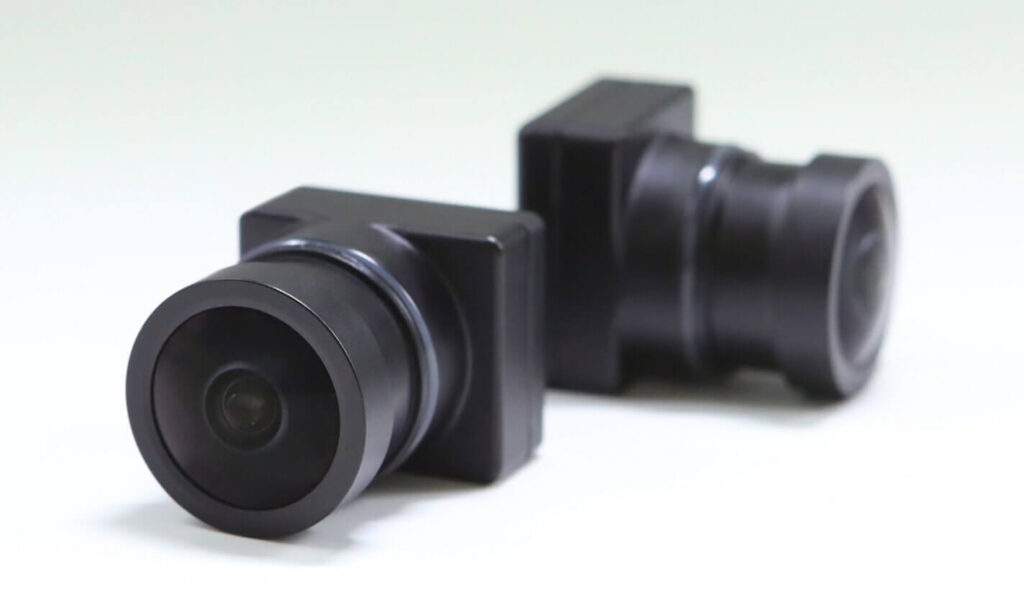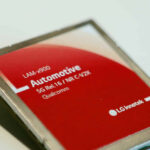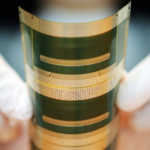ASIA ELECTRONICS INDUSTRYYOUR WINDOW TO SMART MANUFACTURING
LG Innotek New Heating Camera Module Eyes ADAS Market
LG Innotek has successfully developed a “High-performance Heating Camera Module” for autonomous vehicles applied with ultra-precision optical design and technology. With this development, LG Innotek has launched a full-fledged drive to preoccupy the autonomous vehicle camera market.
Specifically, the heating camera was made by mounting a heater on an Advanced Driver Assistance Systems (ADAS) camera. Automobile manufacturers are increasingly adopting heating cameras as an indispensable component for safe autonomous driving.

When frost or snow forms on the automotive lens, it fails to detect obstacles around the vehicle, which may lead to serious accidents. Thus, a heating camera that gets sharp images is vital.
The ‘directly heating’ camera module withstands snow and frost in freezing temperatures
The “High-performance Heating Camera Module” developed by LG Innotek heats the bottom of the lens. It consumes less power (up to 4W) while quickly eliminating snow and frost.
Using the product saves up to half the time to conventionally melt away frost.
In a test conducted at an extremely low temperature of -18°C, LG Innotek’s new module restored the resolution of a frozen lens to room temperature in just 4min. In contrast, products currently available take eight minutes on average to eliminate frost covering the lens in the same environment.
The most important feature of the “High-performance Heating Camera Module” is that it uses Positive Temperature Coefficient (PTC) materials. Specifically, PTC materials reduce the amount of current when the temperature rises above a certain point and maintain the temperature in the appropriate range.
Thanks to the PTC materials’ ability to control temperature, LG Innotek was able to mount a heater at the bottom of the lens. Specifically, this is the best location to quickly remove snow and frost. This dispels the concern for degrading lens performance due to overheating when the lens is heated directly.
Mainly, most products available in the market use heat conductors instead of PTC materials. Unlike PTC materials, heat conductors can’t self-regulate temperature. Thus, it requires users to install a temperature-controlling circuit on the camera module to prevent overheating. This makes the camera module bigger. Accordingly, customers experience inconvenience due to the change in camera design.
Meanwhile, some brands that use heat conductors released a heater component that can be installed on top of the camera module. This minimizes the trouble of changing the product design. In this case, however, the heater indirectly heats the entire camera module. This not only takes longer than direct heating, but also consumes more power due to higher heat loss.
‘Integrated’ the lens and the heater with ultra-precision optical design and technology
The “High-performance Heating Camera Module” developed by LG Innotek employs the best ultra-precision optical design and camera module assembly technology. This allowed LG Innotek to compensate for the shortcomings of existing products. Also, it increased design freedom by integrating the lens and the heater into a single module. The size of the camera module is about the same as the existing module as the PTC heater is inserted into a space inside the camera module. Also, the power sources for the camera and the heater are integrated into one.
Accordingly, customers can replace the product in the same location where the existing camera module was mounted without changing the camera design.
“Slated for production in 2027, the module is expected to accelerate LG Innotek’s engagement in the autonomous vehicle camera market.”
The High-performance Heating Camera Module received rave reviews when it was first unveiled at CES 2024 in January. A rigorous promotional campaign was launched targeting global customers with a goal of mass production in 2027.
With the new product, LG Innotek CEO Moon Hyuksoo said, “LG Innotek will strengthen the autonomous sensing solution business delivering differentiated customer value, including automotive camera modules, LiDAR, and radars building on our unrivalled camera module technology, and step up our efforts to engage in the future mobility parts market.”
According to an assessment by S&P Global and LG Innotek’s internal evaluation, the worldwide market for automotive camera modules is forecast to grow annually at an average rate of 7% from approximately $6.437 billion in 2023 to $10 billion in 2030 with advancements in self-driving technology.




